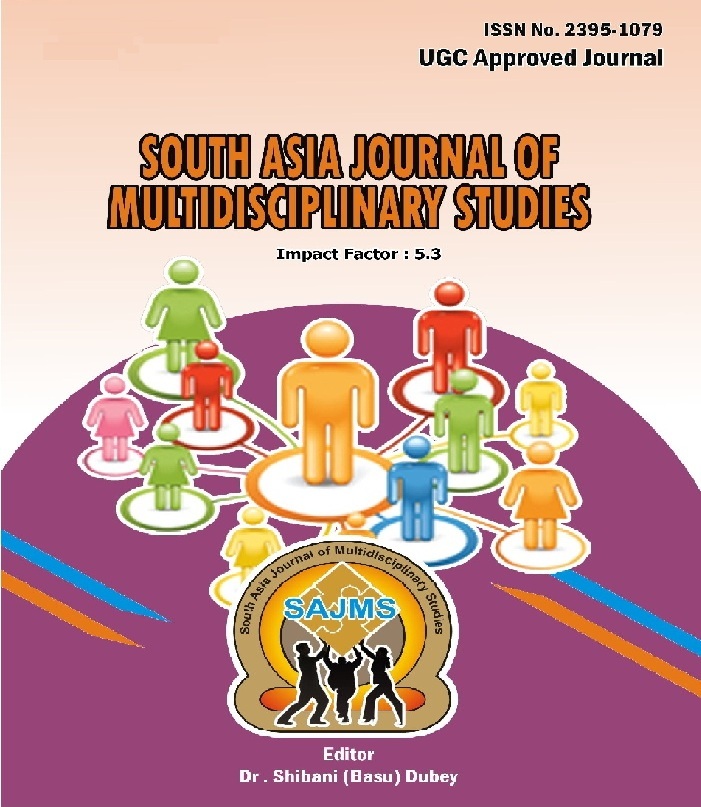GROWTH PERFORMANCE WITH REFORMS: INDIA AND CHINA
Abstract
India and China are the emerging global players today with high growth rates. Both are aggressively redrawing the world economic landscape through their spectacular performances. The two economies together account for 40 percent of the world population, 9 percent of the worlds GDP at market exchange rates and 16 percent of the worlds GDP in purchasing power parity terms. Over the last quarter century, both the economies instituted pervasive economic reforms and their growth accelerated. However, they did not follow similar growth paths. For its growth, China has pursued typical East Asian model of manufacturing- led growth; on the other hand, India followed the path of service-sector led growth. While initially, both were largely autarkic nations, not integrated with the world market, China acted more quickly to embrace globalization. China started reforming its centrally planned, non-market economy in 1979. It enthusiastically lowered trade barriers and welcomed foreign direct investment [FDI] with no inhibitions. In addition, China experienced explosive growth in its industrial sector and gained control of the world markets for low-technology, labor intensive manufactures. Indias economic reforms began in 1991; more than a decade after China began liberalizing in 1979. The growth rate of the Indian economy doubled from the previous Hindu growth rate as a result of market oriented reforms and opening up of the economy; but the growth still lagged that of China. There was no significant difference in the economic performance of India and China roughly until 1980, when their per capita incomes were also similar. Since then, the economy of China has outperformed India by a wide margin. Starting with more or less the same level of economic development in 1985, Chinas per capita income today is more than double that of Indias. China has miraculously transformed itself to the worlds largest exporter, has the worlds largest foreign exchange reserves, largest current account surplus, and it would soon be the second largest economy of the world, displacing Japan.References
Commerce, Government of India (mimeo).
Reduction.? Paper presented at the conference organized by IMF and NCAER, New Delhi,
Nov.2003.
Reserve Bank of India (RBI) - Handbook of statistics on the Indian Economy.
World Development Report (WDR) - Various Issues.
Human Development Report (HDR) - Various Issues.
Economic Survey - GOI.
Statistical Yearbook of China-2008.
Downloads
Published
2020-08-30
Issue
Section
Articles
License
Submission Preparation ChecklistSubmission Preparation Checklist
Before proceeding with your submission, please ensure that you have completed the following checklist. All items on the list must have a checkmark before you can submit your manuscript:

